
1/9/2021
Every year, homeowners spend millions of dollars on heating, cooling, and lighting their homes. Many homeowners are now looking for more ways to make their home energy efficient by stepping into smart home technology, electrified appliances, embracing cleaner energy sources, and pursuing more energy-efficient ways to heat and cool their homes. Here are a few energy-saving tips to make your home more efficient in 2021.
Tips for Better Energy Efficiency
-
Turning your thermostat down by just 10-15 percent for eight hours a day can lower your annual heating bills by up to 10 percent. Using a programmed smart thermostat will allow you to have cooler nights and warmer evenings, depending on your season. Following these automatic settings also minimizes unnecessary heating or cooling when you’re not at home.
-
To get the most savings from your oven or cooktop, opt for an electric range with induction heating. If you currently use a gas stove, select one with an electric ignition so the pilot light isn't always on. An electronic ignition uses 40 percent less energy than a standard pilot light.
-
Get involved in beneficial electrification by investing in an energy-efficient heat pump to heat and cool your home. The most common type of heat pump found in residential homes today is the air-source heat pump, which transfers heat between your house and the outside air. Today's heat pump can reduce your electricity use for heating by approximately 50% compared to electric resistance heating such as furnaces and baseboard heaters. High-efficiency heat pumps also dehumidify better than standard central air conditioners, resulting in less energy usage and more cooling comfort in the summer months.
-
New state-of-the-art fireplace heating systems allow you to efficiently heat individual living spaces that you and your family spend the most time in, reducing your furnace's output of hot air into empty and unused spaces.
-
Reduce the cost of hot water by setting your water heater to 130 degrees instead of the standard 140 degrees. You can also increase your water heater's efficiency by draining and cleaning it every six months to remove lime deposits and sediment. And just like the pilot light on your stove, if your water heater is gas, consider an electric water heater that doesn’t use a pilot light.
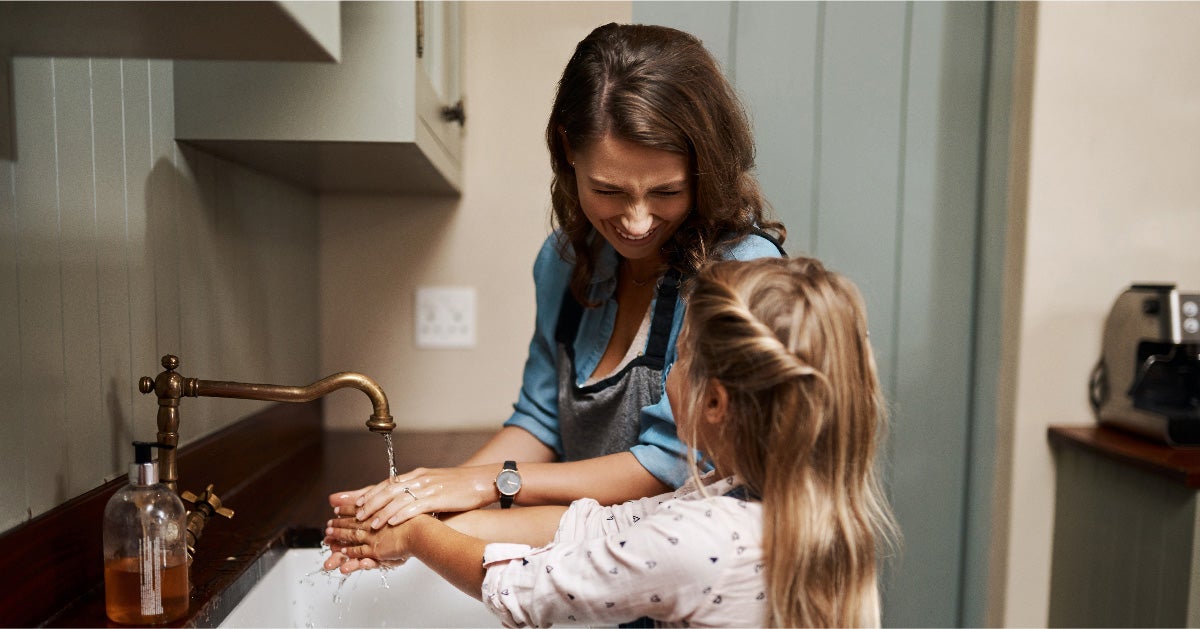
-
Install a flow-restricting showerhead to reduce hot water use, which will reduce both water and energy use while still keeping the shower comfortable.
-
Make sure laundry loads are full and wash clothes in cold water whenever possible.
-
Replace incandescent lightbulbs with LED lighting. Energy-saving LEDs can be used in most common light fixtures, from lamps and accent lighting to track and outdoor fixtures. Start with the bulbs you use most – according to Mr. Electric, replacing these bulbs first offers the greatest opportunity for savings, gaining return-on-investment fast. Finding the right brightness (lumens) and color temperature (warm or cool lighting) for each room will be key to getting the most out of your LED lights.
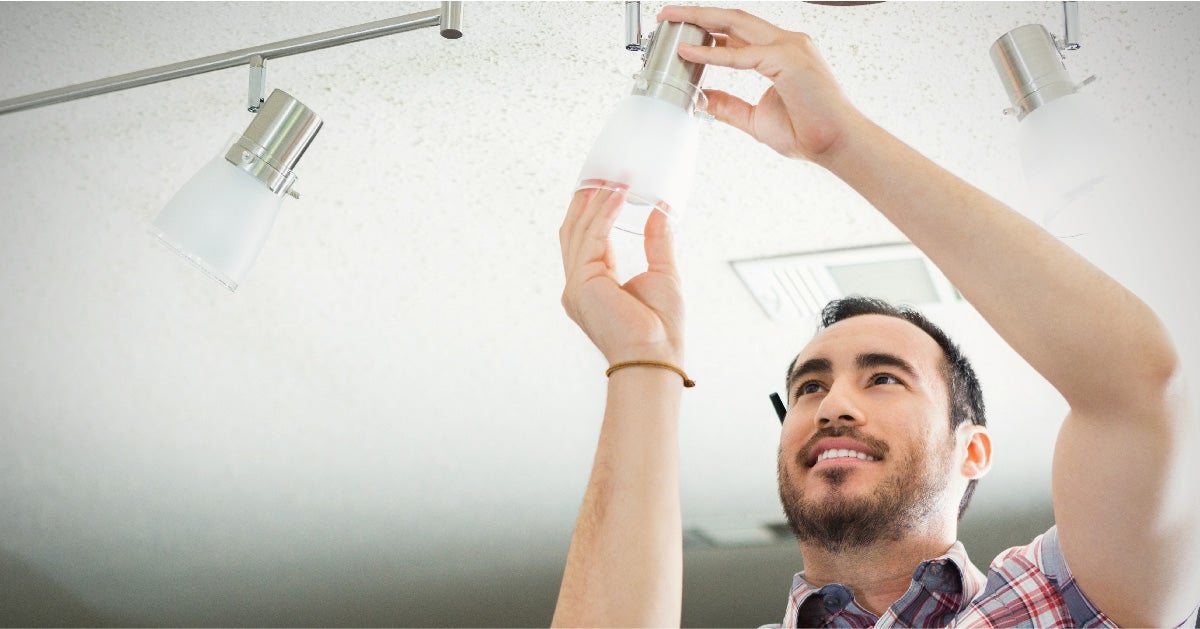
Following a few of these tips will help you create not only a more affordable, energy-efficient home but also a more comfortable home. Take the energy efficiency practices outdoors, too! Check out our helpful tips for using electric tools for spring or fall cleanup.
Your local electric cooperative or public power district is a good resource to understand more about this technology, potentially can help answer questions on contractors, financing, and incentives for this energy-efficient option. Contact your coop or public power district for more details.
Electrify and Save™
___________
Tri-State is a not-for-profit cooperative of 44 members, including 41 member utility electric distribution cooperatives and public power districts in four states, that together deliver reliable, affordable, and responsible power to more than a million electricity consumers across nearly 200,000 square miles of the West. For more information about Tri-State and our Responsible Energy Plan, visit www.tristate.coop.
Blog Posts
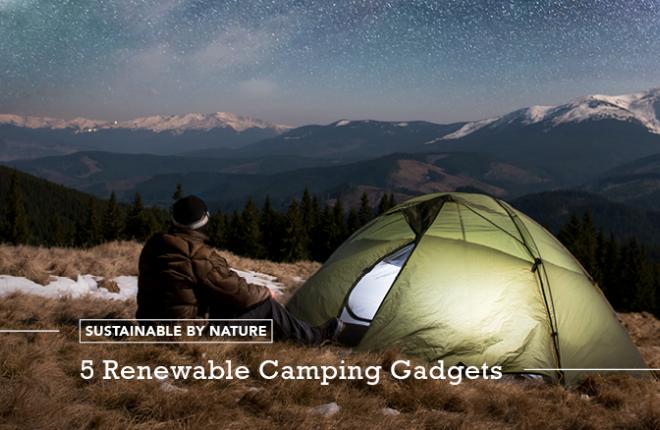
The Best Solar Camping Gadgets for Summer

Important Generator Safety Tips
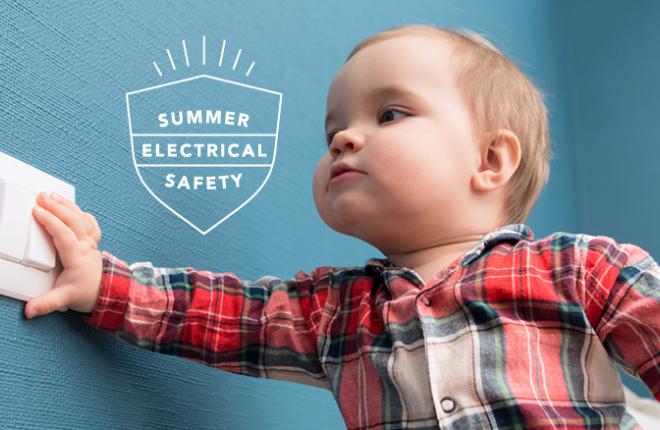
4 Electrical Safety Tips Every Kid Should Know
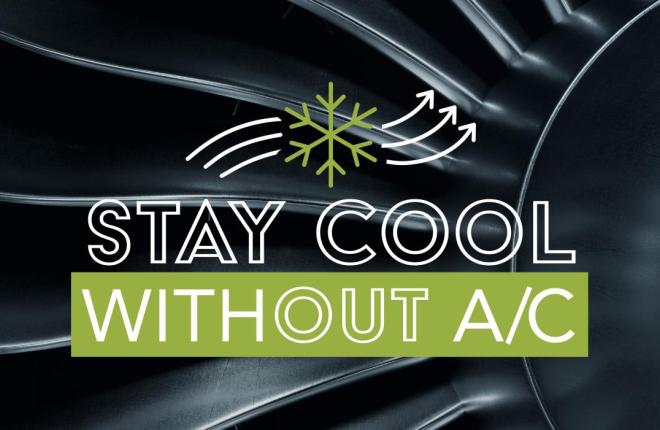
How to Cool Your Home Without Central Air Conditioning
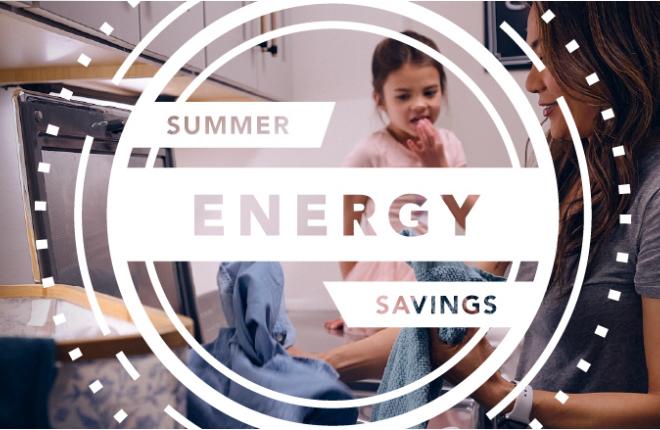
6 Energy-Saving Tips to Get Your Home Ready for Summer

Members of Tri-State direct and support our future Rick Gordon, chair and president

Cooperatives Bringing Electric Vehicle Chargers to Rural Communities
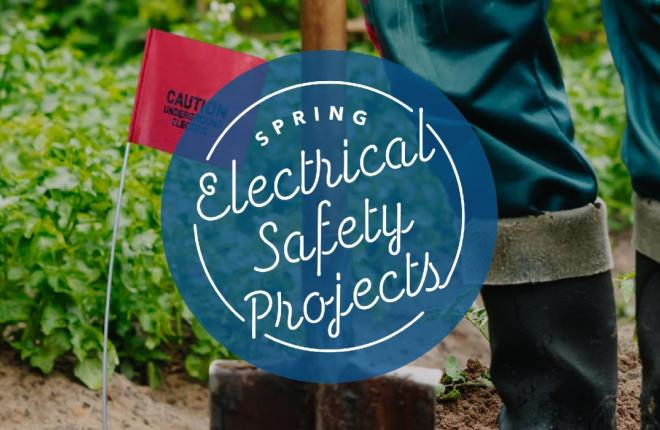
Include Electrical Safety in Your Spring Cleaning and Summer Projects


